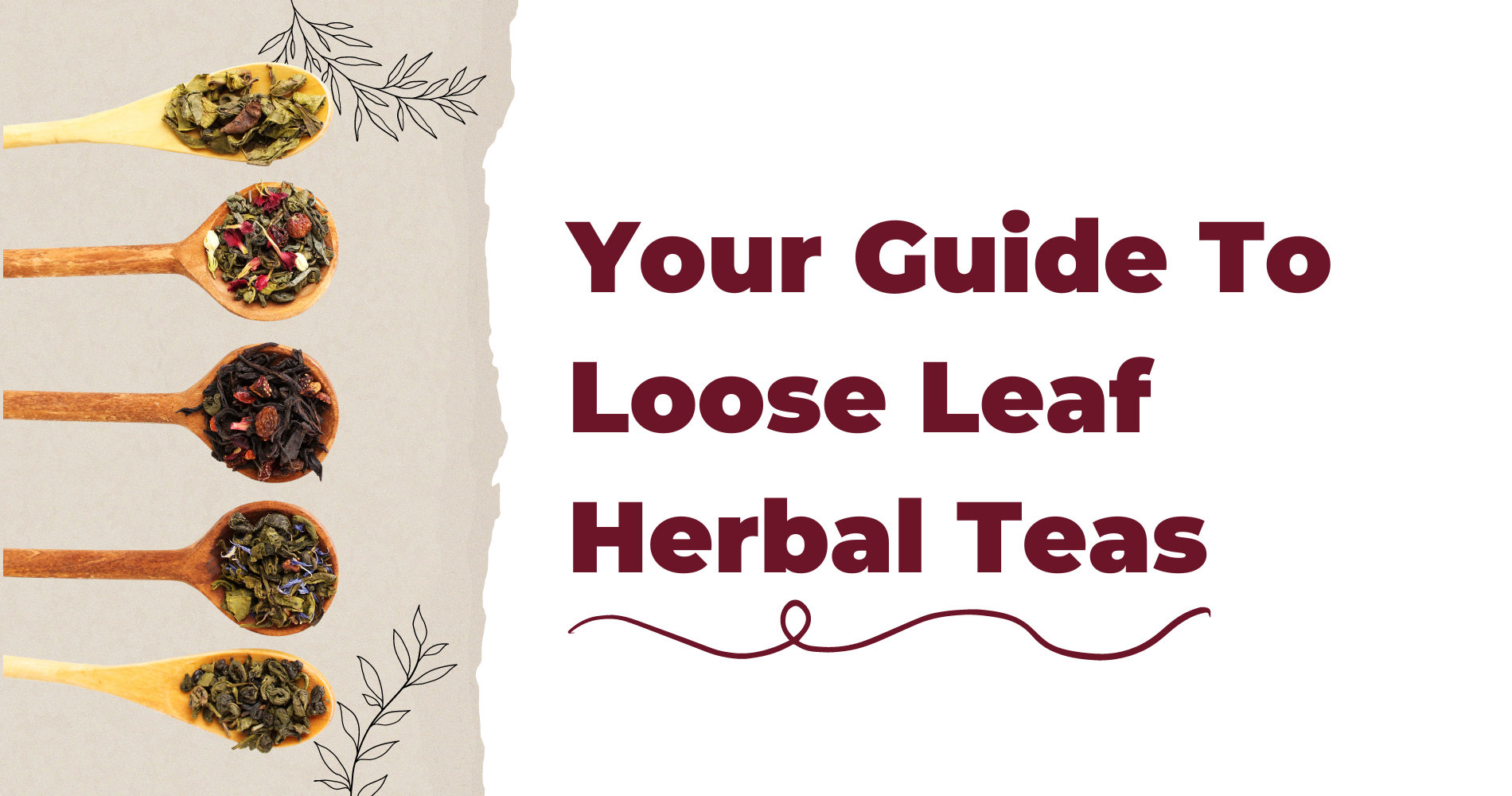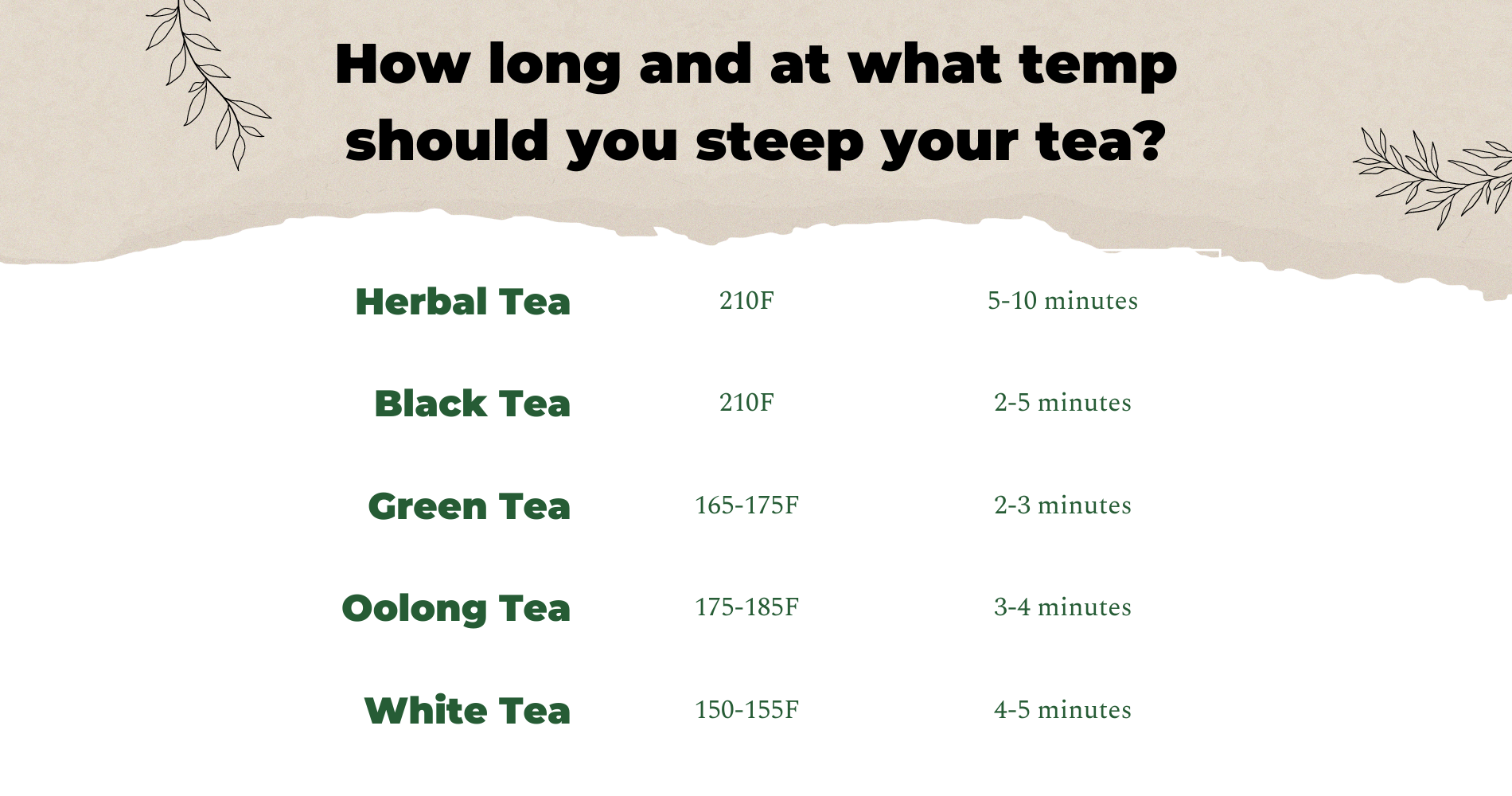
Your Guide to Loose Leaf Herbal Teas And How To Use Them
March 17, 2023 by 4P Foods
We are brewing hot, delicious tea made with wild-crafted herbal tea blends from Lancaster Farmacy, a small organic farm that specializes in growing medicinal herbs. Lancaster Farmacy was founded in 2009 by duo Elisabeth Weaver and Casey Spacht after they spent years cooperatively organizing in the grassroots food, farm, and rewilding movement. They returned home to Lancaster County, PA with the goal to tend to the earth while sharing their experience with the healing power of herbs.
Brief History of Tea
Tea has a long history, dating back to ancient times in China, Tibet, Yunnan, and northern India and was originally used medicinally. Tea gradually became a daily beverage using the young leaves and leaf buds from different varieties of tea plants. The popularity of tea rose when Buddhist monks began practicing tea ceremonies to help with mindfulness.
Japan picked up on the wonder of tea from China. However, the Japanese preferred to grind their herbs into powders like matcha green tea. Around the 17th century, tea made its way to Europe and Russia, where it was a scarce, aristocratic luxury. In Britain, tea eventually became more fashionable to drink than coffee after an endorsement by the Royal family. This endorsement made it the national beverage of choice for Britain.
Loose leaf tea has recently made a come-back since the invention of tea bags. The convenient tea bags you see today actually didn’t come about until 1901, invented by Roberta C. Lawson and Mary Molaren. Before, it was all loose leaf!
Brief History of Herbal Tea
Using herbs to make medicinal tea is an ancient practice that can be traced back to numerous cultures around the world. Herbal teas are brewed nearly the same as black, green, or white teas. They do not contain caffeine and they have a variety of medicinal benefits. Herbs used to make tea can either be classified as “warming” or “cooling”. Cooling teas taste sour, bitter, or salty. Warming teas have a sweeter and more pungent flavor. Each type is connected to different health benefits in herbal medicine. So, depending on your needs, some herbal teas may be more beneficial to you than others.
How To Prepare Loose Leaf Tea
For green, black, and white leaf teas, there are more precise ways to brew tea depending on the type of tea you are using. Temperature and length of time the tea is steeping matter a lot!
Here is a handy guide on what temperature and brewing time is ideal for each type of tea.

For herbal teas, there is more wiggle-room to steep the herbs longer if you prefer a stronger flavor or are using the herbs medicinally. At least 5 minutes is ideal but herbal teas can steep as long as 10-15 minutes or even longer if you are making a medicinal herbal infusion.
How the heck do you brew these loose herbs?! You can either use a metal strainer, shaped like either a basket that is perched on the rim of your mug, or a metal ball that is closed and inside the mug. You can also purchase single-use (but often compostable) paper tea sachets to make your own tea bags.
Why Loose Leaf Tea?
There is a bit more of a process with brewing loose leaf tea but there are also lots of benefits compared to store-bought tea bags!
Quality Of Tea
The dried herbs used in loose leaf tea are generally of better quality than the herbs found in most store-bought tea bags. The herbs are generally more whole and intact, while herbs in tea bags contain more tea dust. This also means that the larger, more intact herbs found in loose leaf tea retain more health benefits.
Taste Of Tea
Using larger and better quality herb pieces in loose leaf tea, the flavor is of course stronger than the taste of tea from tea bags. You can also control the taste of your tea by choosing how many tea leaves to steep. If you prefer a stronger taste, simply add more leaves. You may also choose to customize your tea flavor by combining herbs from different loose leaf teas.
CUSTOMIZABLE: Like the health benefits of one tea, but want a different flavor? Maybe try adding some loose leaf mint, hibiscus, or ginger.
Environment & Health
Many tea bag brands make tea bags that have harmful chemicals and plastics that can be pollutants to the earth and your body. When you use loof leaf tea, you are using less packaging and you can control your environmental footprint by either using a reusable tea strainer or purchasing compostable, biodegradable tea sachets.